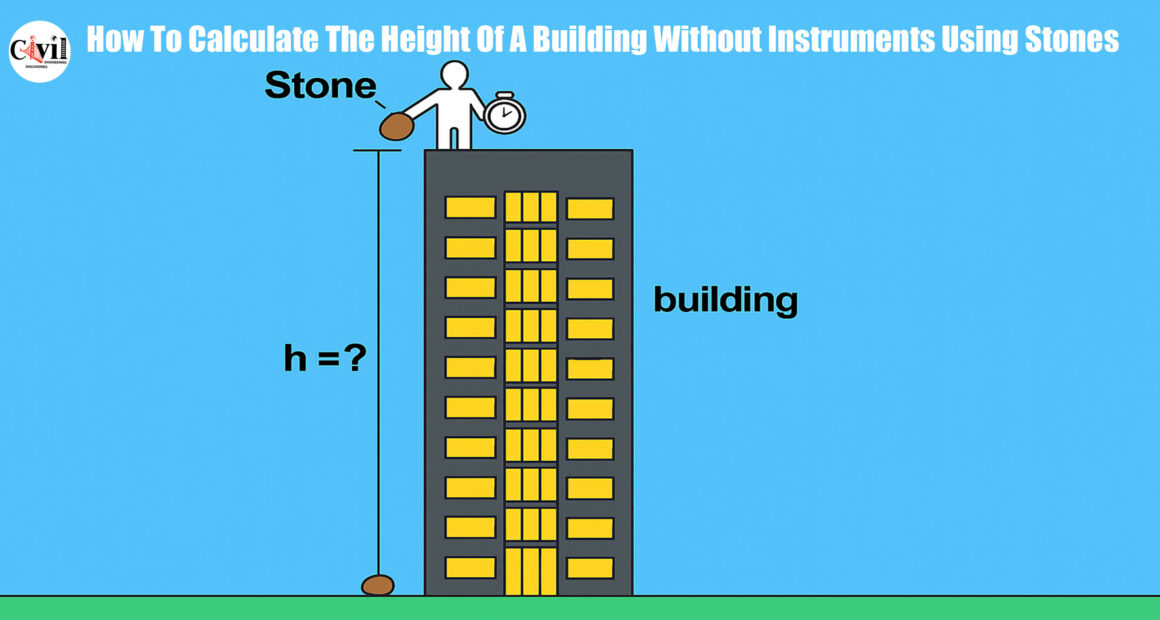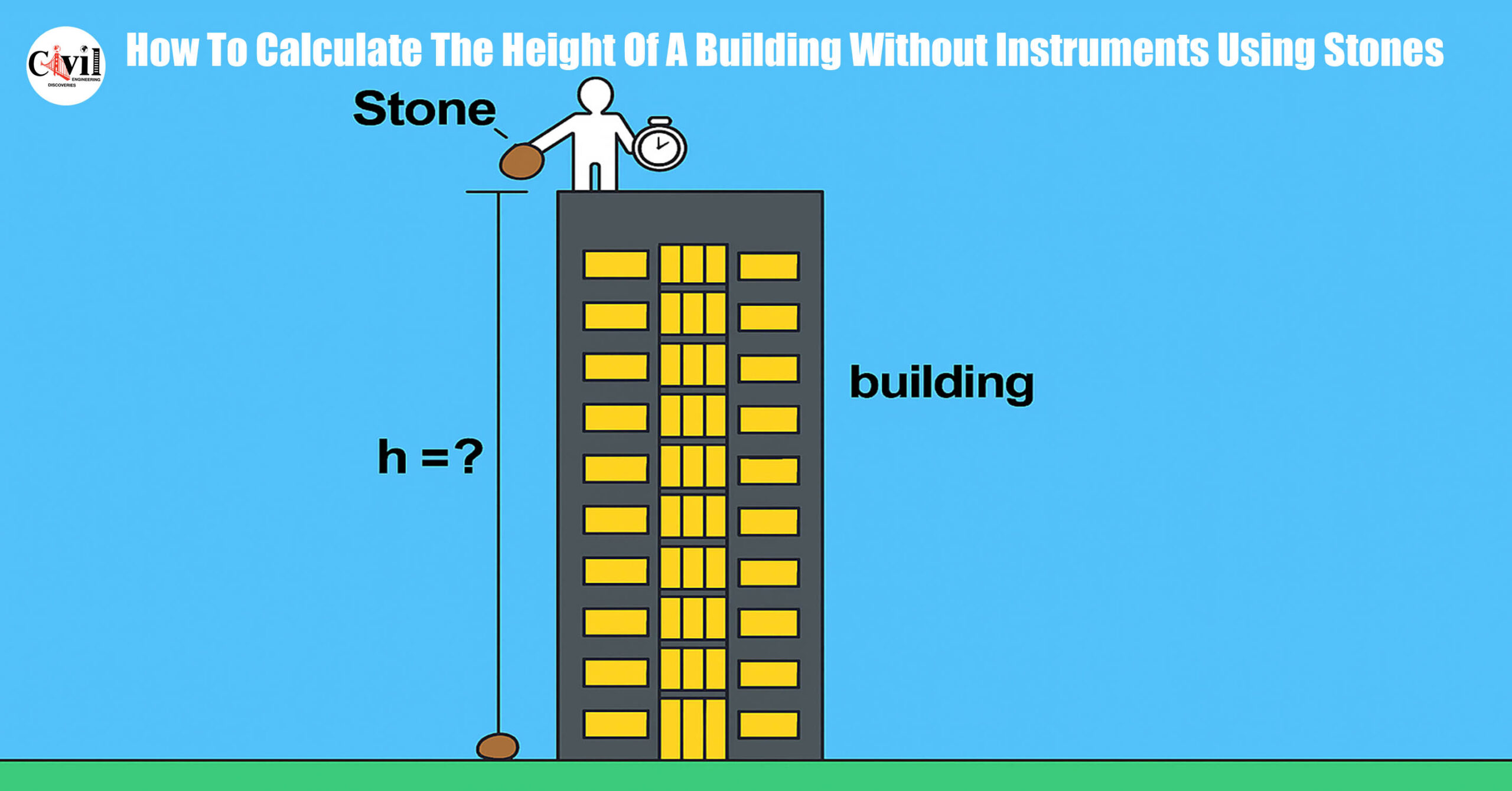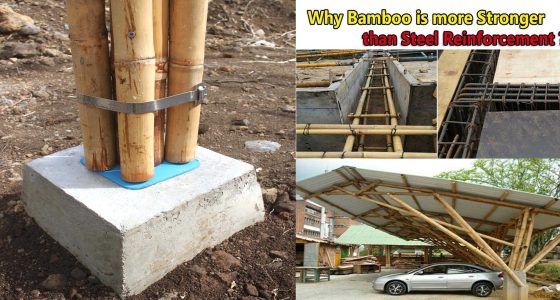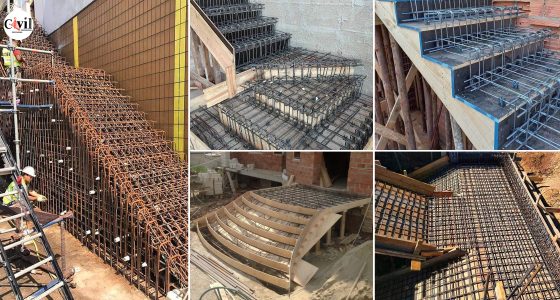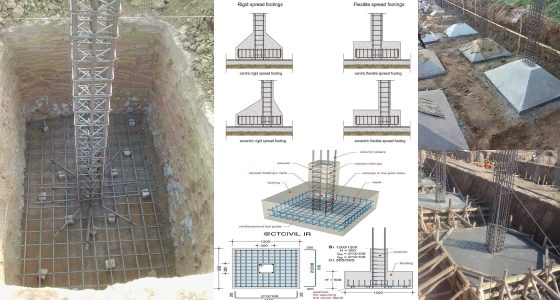You don’t always need high-tech instruments to measure the height of tall structures or mountains. Sometimes, you can get a reasonably accurate measurement with basic objects like stones and a stopwatch. This article explains a simple, physics-based method to calculate the height of any high-rise building using gravity and time.
Materials Needed for the Experiment
To apply this method correctly, you will need:
-
Three round stones without hollow spots
-
A reliable stopwatch
-
A safe and high point from where you can drop the stones
These materials help reduce air resistance and provide consistent data.
Step-by-Step Height Calculation Using a Stone
The idea is to drop a stone from the top of a building and measure how long it takes to reach the ground. Using the time it takes to fall, you can calculate the building’s height using a motion equation from physics.
Drop and Record the Time
Drop three stones separately and note the time each one takes to hit the ground:
-
Stone 1: 5.7 seconds
-
Stone 2: 5.6 seconds
-
Stone 3: 5.8 seconds
Calculate the Average Time
To reduce error, calculate the average fall time:
Average time (t) = (5.7 + 5.6 + 5.8) / 3 = 5.7 seconds
Physics Formula Used
We’ll use the second equation of motion:
h = (v × t) + (0.5 × g × t²)
Where:
-
h is the height
-
v is the initial velocity (0 m/s, since the stone is dropped)
-
g is acceleration due to gravity (9.81 m/s²)
-
t is the average fall time (5.7 seconds)
Plug in the Values
h = (0 × 5.7) + (0.5 × 9.81 × 5.7²)
h = 0 + (0.5 × 9.81 × 32.49)
h = 0 + 159.36 meters
Estimated height of the building: 159.36 meters
Important Notes and Best Practices
1. Gravity Acts Uniformly
According to the law of gravity, all objects fall at the same rate, regardless of their mass, assuming no air resistance.
2. Stone Shape Matters
Use solid, round stones. Avoid flat or hollow ones as they may experience greater air drag and affect the timing.
3. Drop in a Straight Line
Make sure to release the stone vertically without pushing. A straight fall ensures accurate results due to uniform acceleration.
4. Expect Approximate Accuracy
This method provides an approximate value. Wind, human reaction time, and stone shape can introduce slight errors.
When to Use This Method
This method is helpful in scenarios where measuring equipment isn’t available. It can be useful for:
-
Field trips
-
Outdoor science projects
-
Informal assessments of natural or manmade structures
Click Here To See A Safe Distance Of The House From A High Tension Wire
